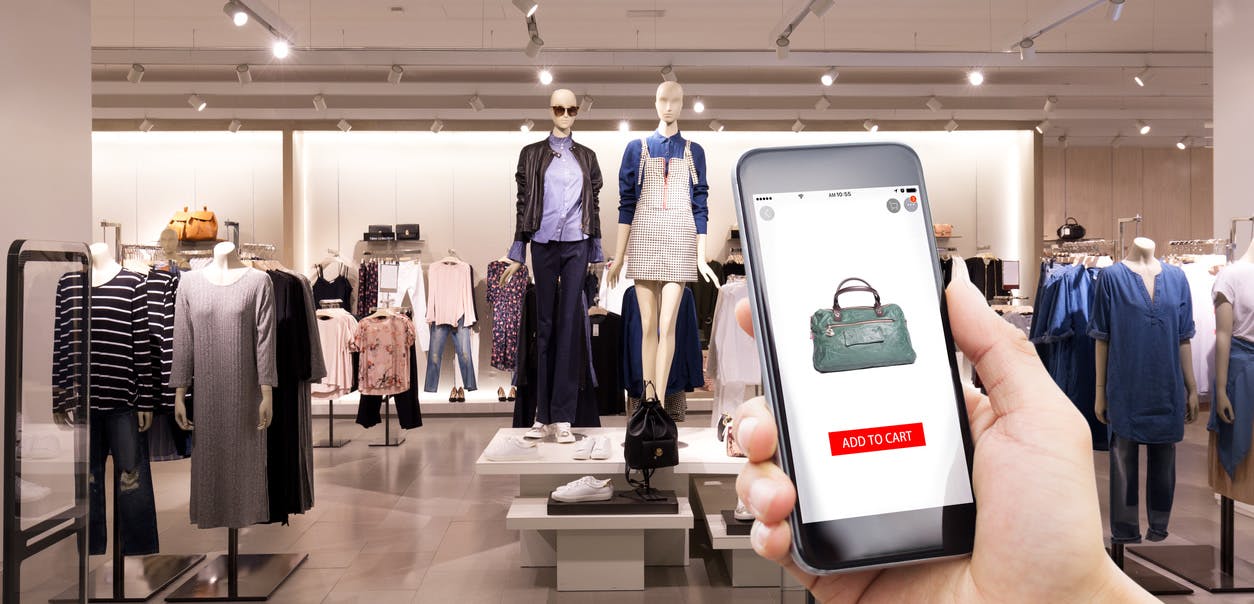Increasingly, consumers want choice in how to buy from a brand. They may place an online order for shoes from Amazon and return them via mail or UPS. They may purchase from a retail store’s website and pick up curbside. Shoppers might go to brick and mortar stores like Walmart for a coffee machine and later order refill pods from mobile devices. A consumer may see something on social media, buying it from their smartphone. Omnichannel retailing is a convenient shopping experience for the consumer, but the logistics for the omnichannel supply chain are challenging for the retailer.
Multichannel logistics involves coordinating inventory, fulfillment, distribution, and returns across the sales channels, preferably in real-time. It’s more complicated than just an e-commerce supply chain, as the omnichannel approach includes the physical stores which may or may not be used for the fulfillment process. The stores, fulfillment centers, warehousing, and logistics providers must operate in symphony to ensure a high-quality seamless experience for the customer.
The multichannel approach can work well and strengthen brand value if the retailers understand and address these three logistics strategy issues.
Inventory visibility
Omnichannel retailers need real-time inventory visibility and inventory management to best serve the customers. Consumers need to know if the items aren’t available before they purchase, as that can affect their decision, especially if customer expectations are for same day or next day delivery. Not alerting a customer to an out-of-stock item can affect future sales and the company’s reputation.
On the back-end, e-commerce retailers need to know where the items are, using tracking with sensors or a barcode. Tracking, along with machine learning, can help determine which fulfillment centers are closest, making last-mile delivery more economical and quicker. Channel fulfillment may also vary depending on product location and date needed. Warehouse management systems help with inventory visibility and omnichannel logistics.
Integrated supply chain
A company’s supply chain should be integrated for an omnichannel retailing business model. That includes connecting order management systems with the distribution center with the order fulfillment process with the transportation system with reverse logistics. A lot of connections are needed for omnichannel logistics if done well. Connecting the dots means these segments aren’t siloed, providing greater visibility of the online channels and a better customer experience. With omnichannel distribution, each channel should still have its own process set forth, so it’s clear and mapped out how an item would be handled by each fulfillment location.
Reverse logistics
When a customer orders from an omnichannel supply chain, they have expectations about how items can be returned. They want convenience, whether that is carrier pick-up from home or work, or the ability to return to brick-and-mortar stores. This should be a seamless experience and transparent for the best customer experience, and to minimize costs for the omnichannel supply chain.
For more information about how to coordinate your company’s omnichannel supply chain, contact us. Stord’s cloud-based platform assists omnichannel retailers by optimizing inventory and orders across distribution networks. Stord’s platform integrates into a company’s existing platforms to provide end-to-end visibility, and works across networked warehousing locations and with transportation providers.





